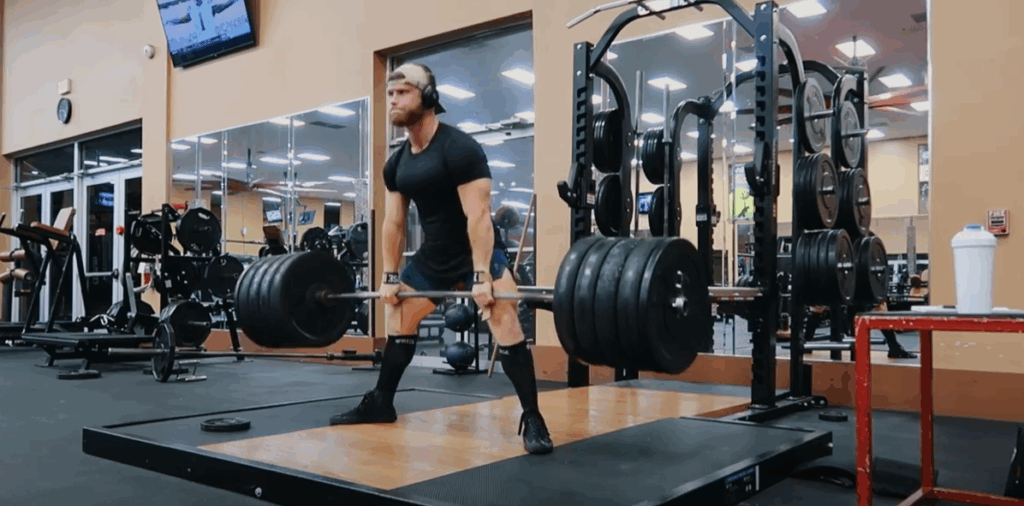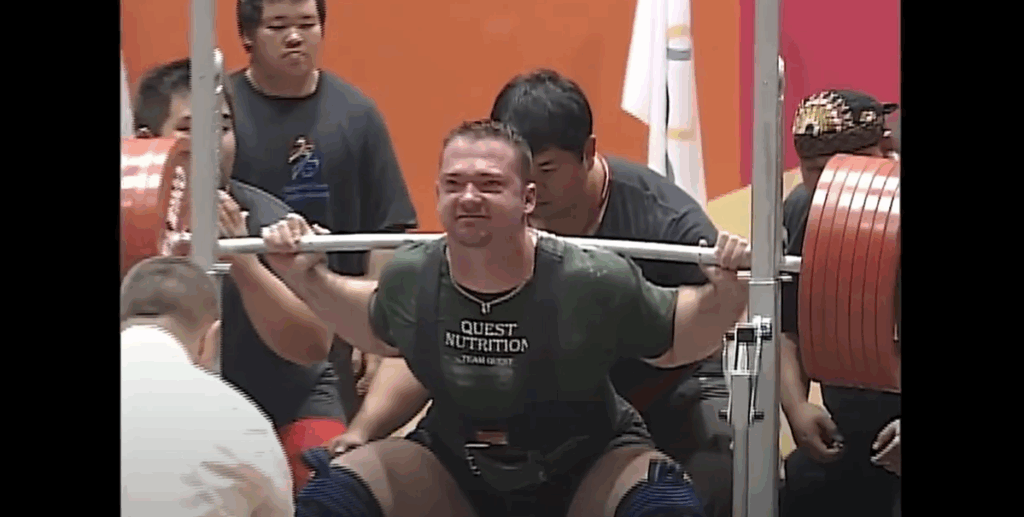Why “Training Harder” Isn’t Always the Best Strategy for Muscle Growth
In the fitness world, it’s easy to get caught up in motivational slogans like “train harder,” “no pain, no gain,” or “go to failure or go home.” These phrases often dominate gym culture, and while they’re catchy, they can mislead lifters into thinking that intensity alone drives progress. Recently, a growing online debate has emerged—centered on the role of training volume, intensity, and failure in building muscle. Are science-based recommendations becoming too soft? Is training to failure necessary to get bigger and stronger? Let’s break this all down.

Reassessing Effort: Are You Training Hard Enough?
First, let’s address a common criticism: that many lifters simply aren’t training hard enough. And honestly? There may be some truth to that.
In any gym, you’ll find people who think they’re pushing themselves when they’re really leaving six or more reps in the tank. One study put this into perspective: lifters were asked to select a weight they thought they could perform for 10 reps. When actually taken to failure, a surprising number could crank out 15 to 20 reps. That’s a massive underestimation of effort—and a red flag for anyone trying to build serious muscle.
But this doesn’t mean we should throw moderation out the window and chase failure on every set. The reality is far more nuanced.
Understanding RPE and Training Intensity
Instead of guessing how hard you’re working, many advanced lifters rely on a system called RPE—Rate of Perceived Exertion. This scale allows you to estimate how many reps you have left in reserve at the end of a set. A set at RPE 8, for instance, means you could have done two more reps before failure. It’s a practical, flexible tool that allows you to tailor your intensity based on fatigue, recovery, and the type of exercise.
Contrary to popular belief, RPE isn’t a beginner’s trick. It was originally developed for elite powerlifters—athletes who rely on precision and progressive overload to maximize performance without burning out. Many of the top natural bodybuilders also use RPE as a way to manage their training effort across different phases of their programming.
Is Failure Always Better?
Let’s get into the heart of the debate: should you train to failure?
The science here is mixed. Some studies suggest going to failure may produce slightly more muscle growth, while others find no significant difference—or even worse outcomes—compared to stopping one or two reps short. A recent study had participants perform leg extensions to failure on one leg, and to RPE 8 on the other. The leg trained just shy of failure actually showed slightly better gains.
This leads us to a key insight: while failure can be useful in specific contexts, it doesn’t need to be the foundation of your entire program. It’s more effective when treated like a seasoning, not the main course—best applied to isolation movements or lower-risk exercises, and sparingly used for compounds.
For example, taking a set of lateral raises or curls to failure may be safe and low-fatigue, but attempting heavy deadlifts to failure repeatedly? That’s a fast track to burnout or injury.
The Science vs. “Just Train Hard” Mentality
There’s a growing sentiment online that we’ve become too “scientific” with training. The argument goes: we’re overthinking everything—just get in the gym and push hard.
While it’s true that overanalyzing can paralyze progress, science isn’t the enemy. In fact, when applied properly, it simplifies decision-making. It helps lifters focus on what works and discard ineffective methods. Instead of trying every training trick from every influencer, lifters can follow an evidence-based approach built on sound principles.
The real issue isn’t too much science—it’s misapplied science. When people don’t have a foundational framework for how volume, intensity, recovery, and exercise selection all work together, it becomes easy to cherry-pick random studies or misinterpret data.
What Top Natural Bodybuilders Actually Do
To see what works at the highest level, let’s look at top natural competitors. Many assume elite natural bodybuilders go to failure constantly. But the reality is more sophisticated.
When surveying the top finishers from the WNBF World Championships—a tested natural bodybuilding federation—many winners revealed that they rarely train to failure. Instead, they apply structured intensity techniques, use periodization, and auto-regulate effort based on where they are in their training block.
One athlete cycles from moderate effort early in the year to more intense training closer to competition. Another uses drop sets and progression models without needing to redline every set. This balanced approach allows them to sustain high performance without overtraining.

RPE Works—If You Learn to Use It
Skeptics of RPE argue it’s too subjective. And early on, that might be true. Newer lifters often underestimate how much more they can push. But with practice and enough exposure to true failure, RPE becomes a reliable way to measure effort.
Research backs this up: experienced lifters are generally quite accurate in estimating how many reps they have left, especially during moderate to lower-rep sets. If you’ve trained hard consistently, you’ll know the difference between a true RPE 9 and just being lazy.
When “Train Harder” Is Good Advice—And When It’s Not
The phrase “just train harder” can be great advice—especially for people who haven’t tested their true limits in the gym. But for intermediate and advanced trainees who already bring intensity to their sessions, it may be counterproductive.
Instead of ramping up effort endlessly, the better path is refining all training variables—volume, frequency, exercise selection, recovery, and yes, intensity—into a cohesive, individualized plan. Knowing when to push and when to pull back is what separates consistent lifters from chronic overtrainers.
Final Thoughts
Building muscle isn’t about pushing your body to the brink every day. It’s about smart programming, consistent effort, and understanding when and how to push the gas pedal.
Auto-regulated effort, using tools like RPE, isn’t an excuse to slack off—it’s a system for ensuring you apply the right amount of intensity at the right time. The goal isn’t to avoid hard work, but to channel it intelligently.
If you’re stuck in your progress, it might be time to assess your effort levels honestly. Are you really pushing hard enough? Or are you burning out from trying to do too much? Balance is key. And science—when used correctly—can help you find it.



